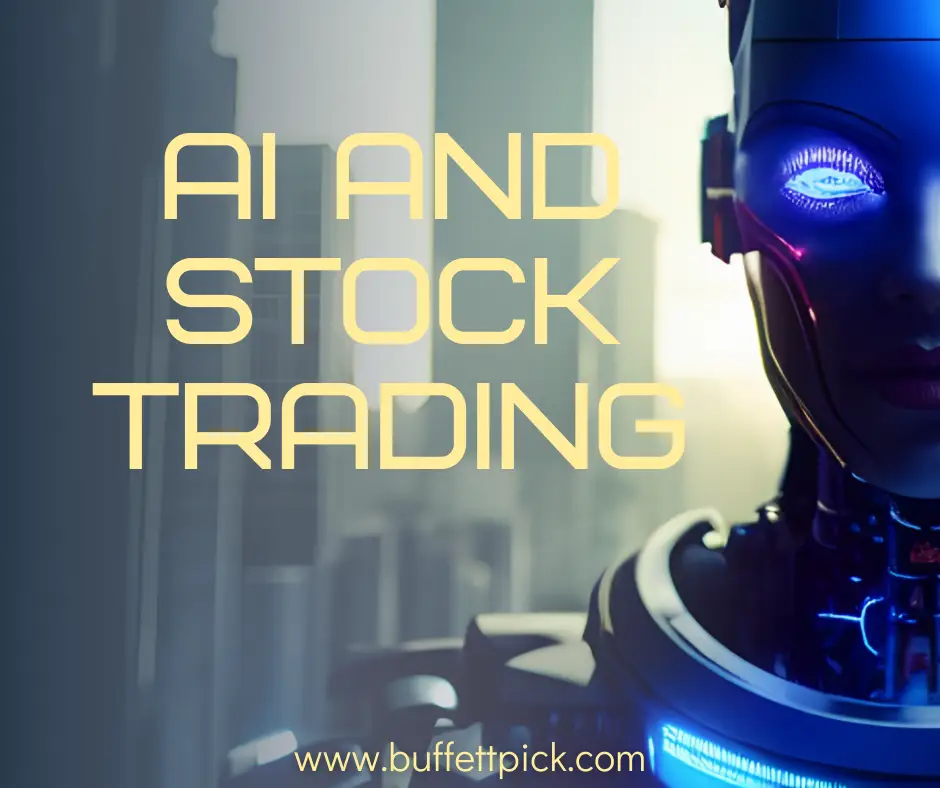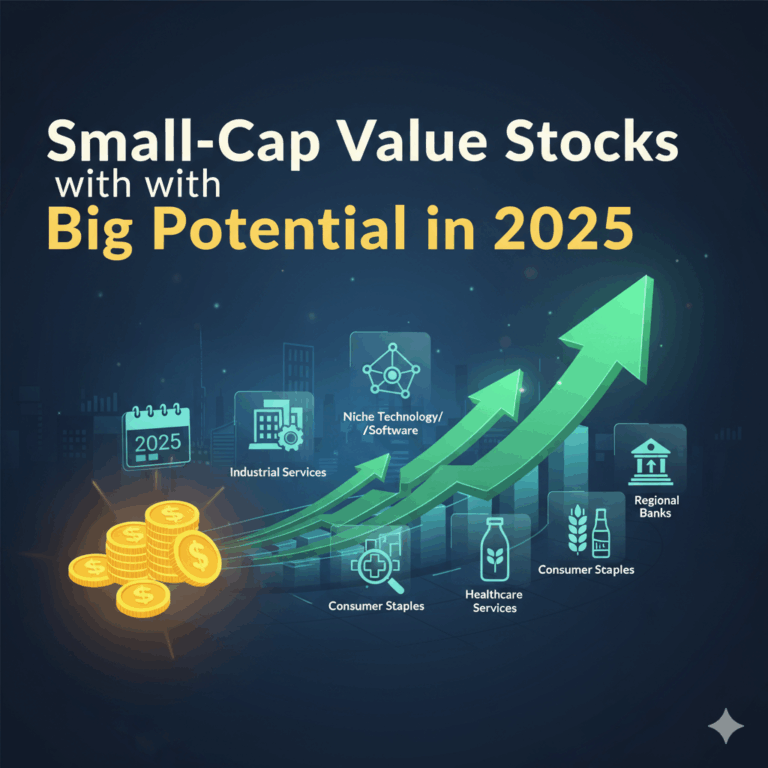
The image of a trader yelling on a chaotic stock exchange floor is a relic of the past. Today, the most powerful players on Wall Street aren’t just humans in suits; they are algorithms running in silent, climate-controlled data centers. Artificial Intelligence (AI) and its subset, Machine Learning (ML), have quietly revolutionized stock trading, shifting the game from intuition to information, from gut feelings to data-driven predictions.
This isn’t science fiction. It’s the current reality of global finance. Let’s break down how AI is fundamentally changing the trading landscape and what it means for you.
From Human Intuition to Machine Prediction
For decades, trading was dominated by two schools of thought:
- Fundamental Analysis: Studying company financials, industry health, and economic indicators.
- Technical Analysis: Analyzing historical price charts and patterns to predict future movements.
While these methods are still valuable, they are limited by human bandwidth. A person can only process so much data at once. AI shatters this limitation.
Machine Learning algorithms can ingest and analyze vast datasets in milliseconds—not just stock prices and volumes, but also news articles, social media sentiment, satellite images of retail parking lots, central bank announcements, and even geopolitical events. They learn from this data to identify complex, non-linear patterns that are invisible to the human eye.
Key Applications of AI in Stock Trading
1. Algorithmic Trading & High-Frequency Trading (HFT)
This is the most common application. AI-powered algorithms can execute trades at speeds and frequencies impossible for humans. They are designed to:
- Exploit Micro-In efficiencies: Capitalize on tiny price differences for the same asset across different exchanges in microseconds.
- Execute Large Orders: Break down a large stock order into smaller ones to minimize market impact and get a better average price, a strategy known as Volume-Weighted Average Price (VWAP).
2. Sentiment Analysis
AI can now “read” and understand human language. Using Natural Language Processing (NLP), algorithms scan thousands of news sources, financial reports, tweets, and Reddit threads in real-time to gauge market sentiment.
- Example: If an AI detects overwhelmingly negative sentiment surrounding a company after a product launch, it might short the stock before the negative news is fully reflected in its price.
3. Predictive Analytics
This is the holy grail. ML models use historical data to forecast future price movements. They don’t predict the future with certainty, but they can calculate probabilities. By testing these models on old data (backtesting), quants can refine strategies for potential future use.
- A Landmark Study: A team at UCLA used a deep learning model to analyze a vast dataset of accounting information for US companies. Their AI was able to predict future stock price movements with startling accuracy, solely based on the nuanced patterns in financial reports that humans might overlook [1].
4. Risk Management
AI excels at quantifying risk. ML models can assess a portfolio’s exposure to potential market crashes, sector downturns, or unexpected events (so-called “black swans”). They can run millions of simulations to stress-test a portfolio and suggest adjustments to hedge against potential losses.
The Pros and Cons: A Double-Edged Sword
The Advantages:
- Speed & Efficiency: Trades are executed in milliseconds, locking in profits humans would miss.
- Emotion-Free Trading: Algorithms are not susceptible to fear, greed, or fatigue, removing costly emotional biases.
- Data Processing Power: The ability to find patterns in colossal datasets provides a significant edge.
The Risks and Challenges:
- The “Black Box” Problem: Some complex AI models are inscrutable. It can be difficult to understand why the AI made a specific trade, which can be a problem when it fails.
- Market Volatility: The infamous 2010 “Flash Crash,” where the Dow plummeted nearly 1,000 points in minutes, was exacerbated by automated trading. A cascade of AI-driven trades can amplify market swings.
- Data Dependence: AI is only as good as the data it’s trained on. If the training data is biased or contains errors, the trading signals will be flawed.
- The Arms Race: The advantage of a unique AI strategy is short-lived. As more firms adopt AI, the competitive edge diminishes, leading to a costly technological arms race.
What Does This Mean for the Retail Investor?
You might be wondering if the game is now rigged against the individual. Not necessarily.
- Accessible Tools: Many retail trading platforms now integrate AI-powered tools, such as sentiment indicators, pattern scanners, and algorithmic scripting interfaces, democratizing access to these technologies.
- Focus on Your Edge: The retail investor’s edge is no longer in competing with HFT bots on speed. It lies in long-term, strategic investing. Use AI-driven insights from your brokerage’s tools to inform your decisions, but anchor your strategy in fundamental principles: diversification, long-term horizons, and continuous learning.
The Future is Adaptive
The next frontier is Reinforcement Learning, where AI algorithms learn optimal trading strategies through trial and error in a simulated market environment, constantly adapting to new conditions without human intervention. They aren’t just following rules; they are writing and rewriting them in real-time.
Final Thoughts
AI and machine learning have irrevocably changed stock trading from an art to a science of data. They have created markets that are simultaneously more efficient and, at times, more fragile. For traders and investors, understanding this shift is no longer optional—it’s essential. The future belongs not to those who fight the rise of the machines, but to those who learn to leverage their power wisely.
References & Further Reading:
- [1] UCLA Study on AI Predicting Stock Moves: https://www.anderson.ucla.edu/faculty-and-research/anderson-review/how-ai-can-help-investors
- CFTC Report on the 2010 Flash Crash: https://www.cftc.gov/sites/default/files/idc/groups/public/@otherif/documents/ifdocs/staff-flash-crash-report.pdf
- Investopedia: How AI is Used in Stock Trading: https://www.investopedia.com/terms/a/algorithmictrading.asp
- Nature Article on AI in Finance: https://www.nature.com/articles/s42256-021-00331-0
Disclaimer: This article is for informational and educational purposes only. It does not constitute financial advice or a recommendation to buy or sell any securities. All trading involves risk; please conduct your own research and consider consulting a qualified financial advisor before making any investment decisions.




